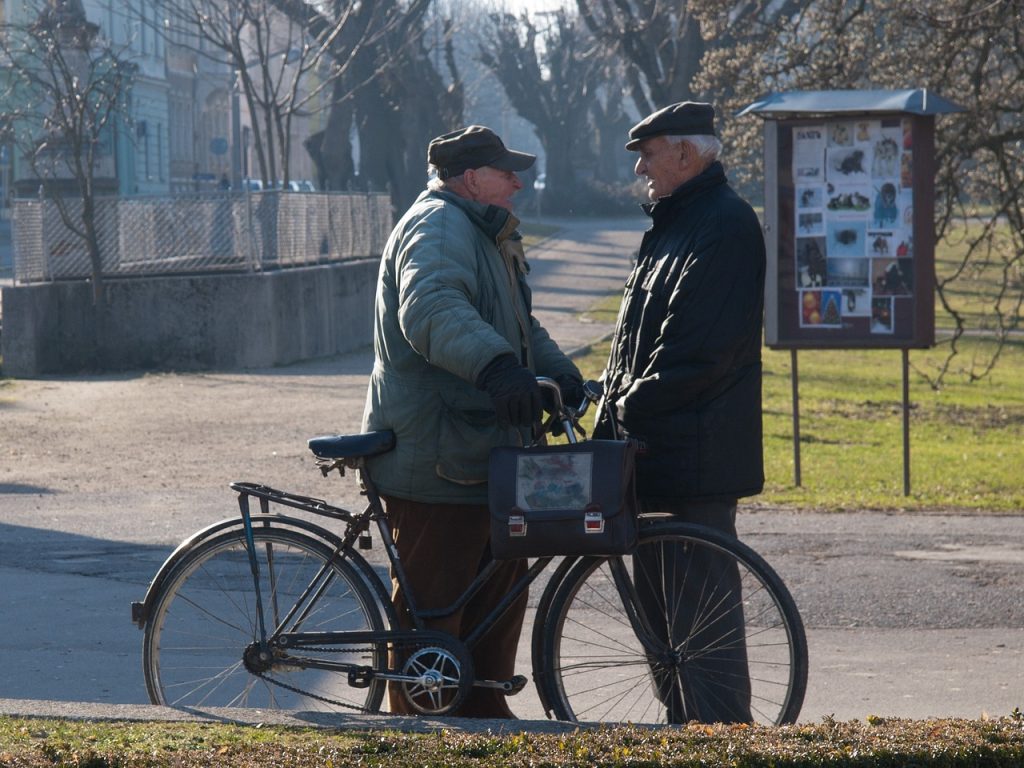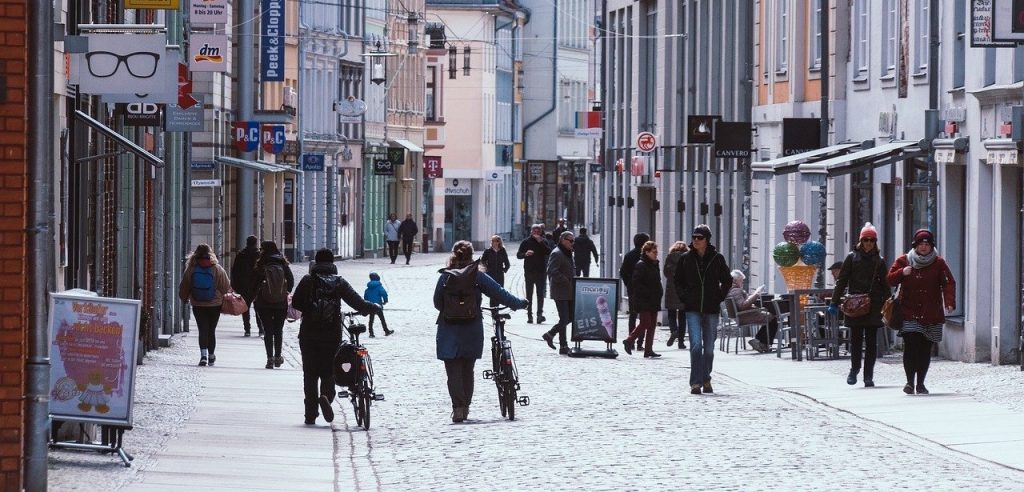What is ‘real’ connection?
Whilst this might seem easy to answer, in the digital world connection is both close at hand and increasingly distant.
Since the dawn of the mobile phone, society has been quite literally the most connected it has ever been. We can be in contact with almost everyone we know and have ever known. A message can reconnect you with a friend you knew 7 years ago, and dating is possible without going outside.
The loneliness epidemic
Yet we’re seeing an epidemic of loneliness. In 2022, over 49% of the UK’s adults reported feeling lonely, and over 7% reported experiencing chronic loneliness.
As humans we naturally crave connection, and the pseudo-connection of the internet can never replace simply interacting with people in real life. Though we are technically connecting with our friends through social media, this inevitably leads to a sense of fatigue. This connection doesn’t involve spending quality time together or involve face-to-face communication, isolating us further.
Third places (and why they matter)
Sociologist Ray Oldenburg suggests the idea of First, Second and Third places (not quite how you’re thinking). First places tend to be our homes, second places our workplace, and third places public spaces in which people can meet and spend time together. These spaces include – but aren’t limited to – bars, libraries, farmer’s markets, swimming pools, bookstores, cafés, churches and parks.

Image by pxby666 from Pixabay.
Third places are vital for human connection, providing space for people to have random conversations with others. Here we can discover new perspectives, find similarities with others and build better-connected communities. These spaces spawn the interactions with eccentric strangers, the slightly uncomfortable ‘laugh about it later’ moments, and the meetings which could change your whole life trajectory.
But third places are in decline. Third places often now involve spending money, encouraging people to pass through temporarily. Moreover, we often spend half the time we are in these third spaces in that other space – the digital environment.
Looking at a phone, though you could be texting a friend, signals to others that you simply don’t want to interact with them. Everyday we miss moments of connection because we were too busy looking at our phones pretending to be connected.
Forging and finding connection
University is a second place where students can connect, and from MyLifestyle Social Sports and weekly society meetings to simply sitting in the Student’s Union, the University offers a variety of avenues for students to connect with others.
Many students move to other countries or large cities during their placement year or after their studies. It’s then that third places become so vital, as connecting yourself with a new community is essential for forging a social framework and sense of familiarity. It takes effort to forge new connections with people who don’t share your age, interests or background, and third places are essential in facilitating this.
The antidote?
If you ever find yourself feeling isolated, find a third place, put away your phone and allow the world the chance to connect with you.
Cover Image by wal_172619 from Pixabay


